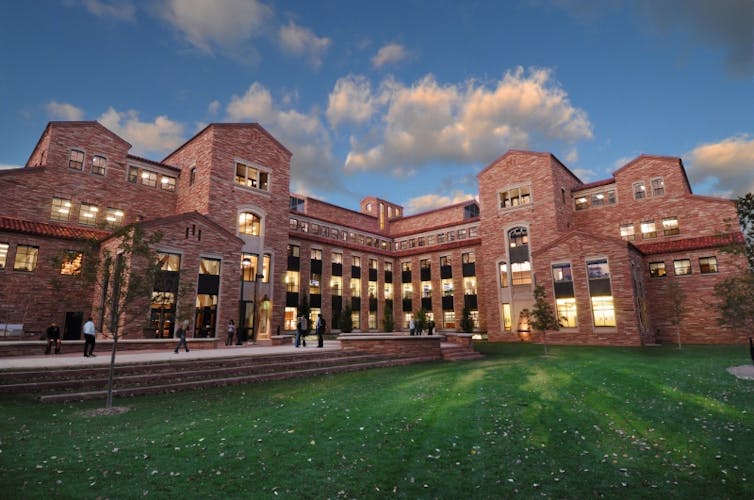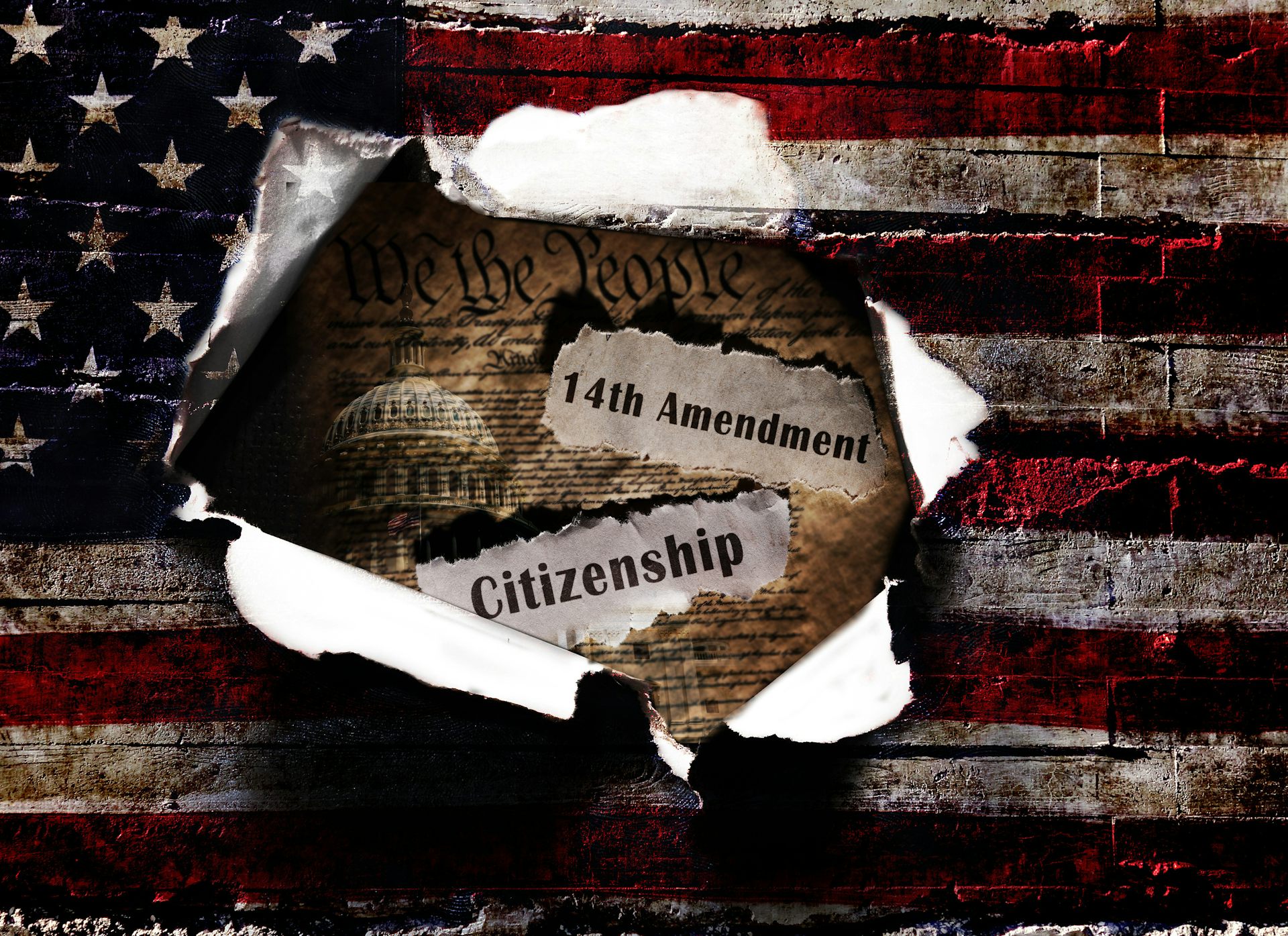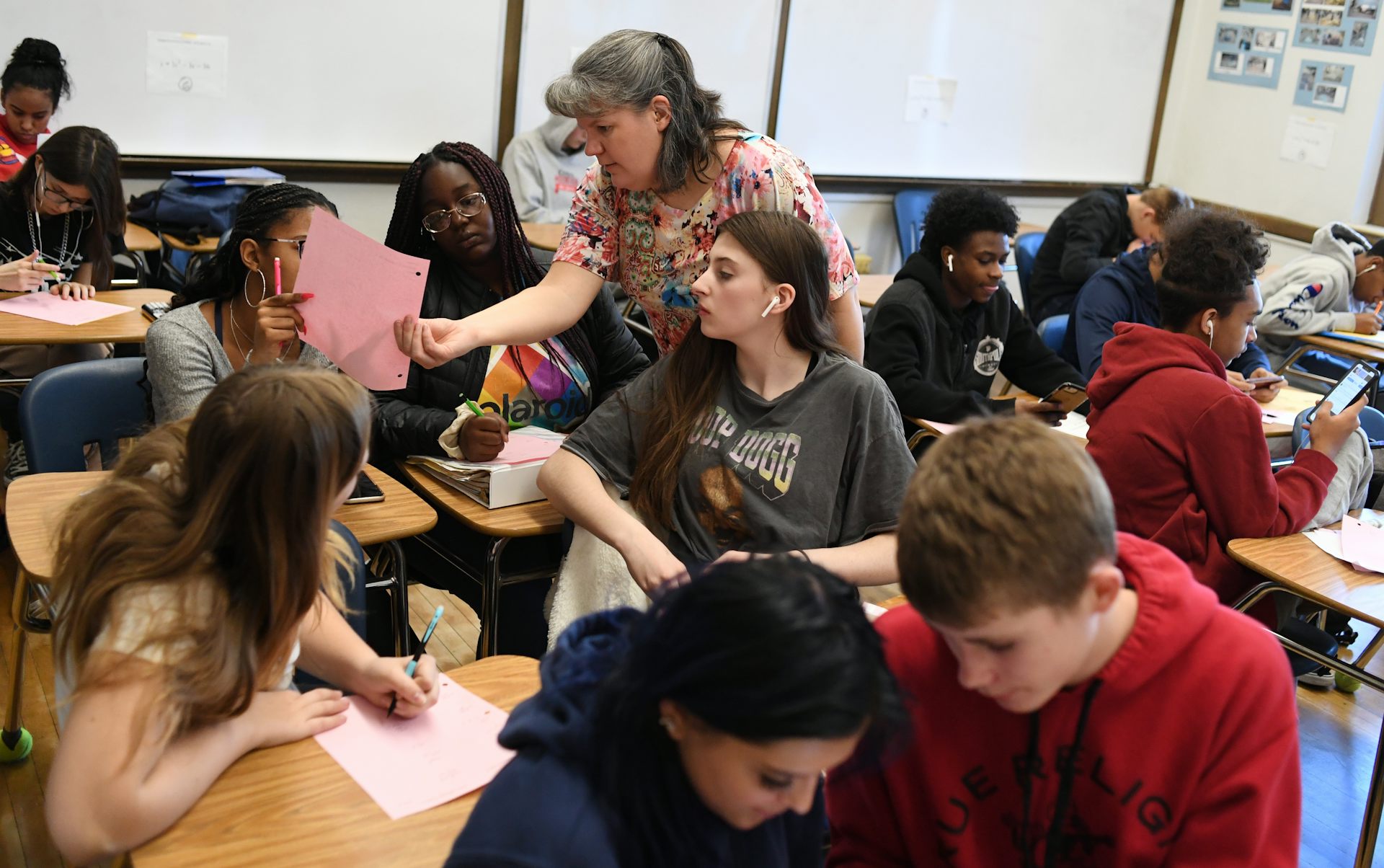How a Colorado law school dug into its history to celebrate its unsung Black graduates
The University of Colorado Law School had never done a history of its Black students – until now.

Class portraits line the hallways of the University of Colorado Law School, the faces of former students gazing down at the building’s current inhabitants. In a dimly lit recess in the library hangs the 1899 class portrait. Its year is incorrectly labeled as 1898, and the students are left unnamed.
In the photo, 20 men stand. Only one of them is Black. I can tell you that he was Franklin LaVeale Anderson, a successful Boulder, Colorado, businessman and landowner who entered the law school in 1896 as the university’s first known Black student.
But until recently, people working or studying at the university today knew his story.
It’s not much different for subsequent Black law students, whose names and accomplishments also remain largely unknown to the Colorado Law community. Many of the earliest Black students’ portraits are in the back of the basement. Their accomplishments were known by their families and their communities, but their former law school had done little to record these individuals who are part of its history.
Then, in 2024, inspired by an article published by Boston College Law School, Colorado Law decided to explore its own Black history.
I’m a librarian with more than nine years of professional experience in academic settings – and I never shy away from challenging research questions. I agreed to take on the project.
Searching the archives
Like Anderson, most of the Black alumni prior to 1968 were unknown to current law school staff who were hired after they graduated.
Due to student privacy regulations as well as a lack of demographic data prior to 1970, there is no easy way of identifying all students of a certain ethnic or racial background. So my research project began with those old class portraits hanging throughout the school.
I spent several hours squinting in dark corners and climbing onto study tables to find photographs and record class years. It was an imperfect science: Some of the class photos were missing, and not all students were photographed. In the end, I identified more than 210 Black students who had attended Colorado Law from 1899 to 2024.

Among them was Franklin LaVeale Anderson. A quick internet search yielded his name.
I turned next to the university’s archives, where I pored through yearbooks and boxes of law school papers. In the archives, I read the memo to the Board of Regents recommending the students from the class of 1899 receive the Bachelors of Law degree.
Anderson’s name did not appear on the list. I never did discover why he did not receive his degree.
My visit to the archives brought about invaluable partnerships: One of the archivists, David Hayes, provided me with his unpublished research on marginalized groups at the university. This provided me with important context for what was happening at the university while each individual attended.

I was also put in touch with the interim director of the University of Colorado Heritage Center, Mona Lambrecht, who has identified historical Black students that were not pictured in the class photos, including Colorado Law’s first known Black graduate, Franklin Henry Bryant, a member of the class of 1907. The Heritage Center has also done research on Black students from 1896 through the 1920s.
At this point of the research process, I had many names, biographical information and some context about the presence of marginalized groups at the university. I still needed more biographical information, so I began searching beyond the university.
The search continued
First, I collected genealogical information – birth and death dates, marriage certificates and places of residence – from FamilySearch, a subsidiary of the Church of Jesus Christ of Latter-day Saints. I chose FamilySearch because it provides resources similar to the better-known Ancestry.com, but for free.
The genealogical information began to tell a story.
I learned that Anderson, the university’s first known Black student, was born a free person in Missouri in 1859 while slavery was legal in Missouri. He took up barbering while still in Missouri. He moved to Minnesota at the age of 26 and married his first wife there. The couple moved to Boulder in 1892, where they purchased multiple lots in town. Anderson continued his work as a barber. Around 1900, he spent a few years in Fort Morgan and then moved to Sheridan, Wyoming, before settling in Los Angeles. He died there in 1918.
Next, I searched historical newspapers, primarily the Colorado Historic Newspapers collection, in hopes of finding more details about Colorado Law’s Black students. The student newspaper, The Silver & Gold, revealed that Anderson joined his classmates for a party at law professor William A. Murfree’s home.
Recounting history

Using the information I had gathered, in February 2025, I produced biographies about six of Colorado Law’s Black students from the law school’s beginnings in 1892 and the beginning of affirmative action at the university in 1968.
I continued my research toward the present and published “Uncovering What Was Always There: Black History at Colorado Law in October.
I hope that this research restores Anderson and other historical Black students to Colorado Law’s history. Perhaps, in the years to come, more staff and students at Colorado Law will know the name of the Black student in the 1899 class portrait. They will know he was the first known Black student at the university, and that he was a successful businessman and landowner.
Rebecca Ciota does not work for, consult, own shares in or receive funding from any company or organization that would benefit from this article, and has disclosed no relevant affiliations beyond their academic appointment.
Read These Next
The Supreme Court’s decision on birthright citizenship will depend on its interpretation of one phra
Advocates for each side will provide a different explanation for who falls under ‘the jurisdiction’…
Vaccine committee votes to scrap universal hepatitis B shots for newborns despite outcry from childr
The decision undoes a highly effective 34-year prevention strategy that has nearly eliminated early…
3 states are challenging precedent against posting the Ten Commandments in public schools – cases th
New laws mandating the Ten Commandments’ display in schools have faced lawsuits in Texas, Louisiana…






